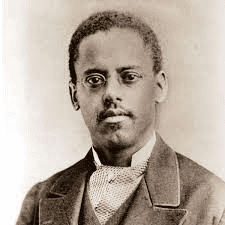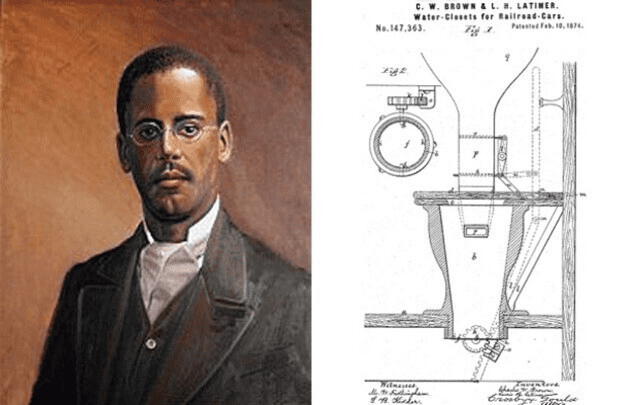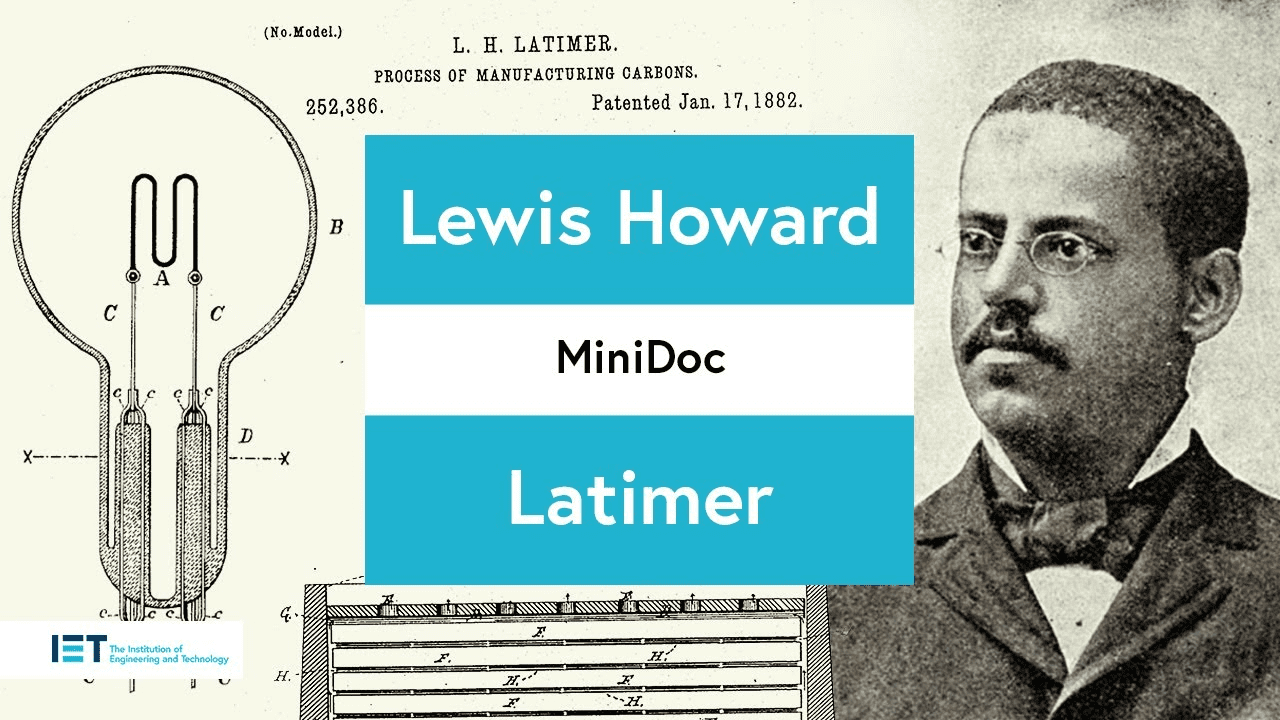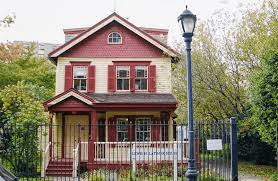Can you imagine a black American as a leading engineer, inventor and brilliant draftsman in the mid-nineteenth century? It sounds fantastic, doesn’t it? But as it turns out, this is a proven historical fact. The thing is that in 1848, Lewis Latimer was born in Massachusetts, an American who, together with Thomas Edison, created the light bulb for the world. He also helped Bella patent the telephone and independently developed drawings of a toilet for a railway carriage and an elevator for a high-rise building. So while enjoying these benefits of civilization, remember the talented but humble Queens resident Lewis Latimer. Read more about his life and work on queens-future.com.

Lewis’s childhood and first attempts to earn money
According to blackhistorynow.com, Lewis was born into a poor family of fugitives from slavery in Chelsea, Massachusetts. His father was notorious in the state for being arrested and trying to return him to his former owner. Thousands of citizens came to his defense. In the courtroom, he was assisted by well-known city lawyers F. Douglas and W. Lloyd Harrison. Although the elder Latimer preserved his freedom, he had to move from place to place for some time. Later, a Baptist minister managed to raise $400 (a huge sum of money at the time) and buy him back from the owner.
After his release, his father went into hairdressing, and little Lewis helped him. In parallel, he studied at school, where he was an excellent student. He and his brothers also had to attend a public school, but the conditions were very harsh, and the children were treated like juvenile offenders. They had to run away from there. In 1864, young Lewis Latimer joined the U.S. Navy. He was forced to lie about his age, as he was only 16 years old at the time. During those years, the US was in the midst of the Civil War and his service took place in conditions close to combat. However, it didn’t last long. A year later, the war ended and Latimer returned to Boston, where he began working with a patent attorney at Crosby and Gould.
Work and study
His labor activity consisted of doing what he was told. But in this company, he learned to draw machines and mechanisms by watching the draftsmen. So his talents were noticed and he was promoted to become a full-fledged draftsman. Eventually, he became a chief draftsman.
Striving to improve in the field, Latimer went to Hiram Stevens Maxim, who could teach him more. At first, he made drawings for electrical installations and later became an electrical engineer. At the time, he was responsible for the production and installation of new equipment.
While helping others to turn their ideas into reality, Lewis Latimer wanted to create products himself, especially since he had an unbridled imagination and skillful hands. After Maxim, he was lured by Edison’s company, which competed with the latter. He started out as a draftsman here, but the fame of his talents was already spreading among mechanical engineering professionals and engineers. As a result, he soon became a member of the team responsible for improving patents. His qualifications as a draftsman, engineer and patent examiner assisted Edison when it came to court.
Working for the Edison Company (according to other sources, still in Maksym’s company), he invented and patented the carbon filament for the light bulb. He would later write a book about it. Back then, this allowed Thomas Edison to start producing light bulbs and thus illuminate the world.
In 1892, thanks to Latimer, the Edison Company was able to merge with another similar company. In 1896, he was elected to the board of the Patent Office. This organization was jointly created by General Electric and Westinghouse to license patents together. In 1911, Latimer retired and started private consulting in the field he loved and was an expert in.
He also managed to quickly make drawings of the Bell telephone. Thus, they succeeded in patenting it before their competitors. Working with the inventor of the telephone, Latimer later came up with a device that improved the efficiency of this apparatus.

Personal inventions
In 1894, Latimer created an elevator that didn’t break down and was safer than the existing ones. He also received several patents for locks for umbrellas, hats and coats. This mechanism was a real godsend for restaurant and club owners. After all, clothes were often lost or stolen there. Therefore, Latimer’s device was allowed to securely hold the items so that they would not be stolen or lost by their owners. Lewis also managed to create the so-called Book Support, which allowed books to be stored neatly on the shelves.
In addition, Lewis Latimer is the creator of a device for sanitation and disinfection. It was used in hospitals to cool the room, prevent dust circulation, and thus speed up the patient recovery process.
Thanks to his knowledge, it was possible to create a toilet in a railroad car, making it easier for travelers to get around.

Personal life and social activities
Latimer not only worked but also actively developed his personal life. He married in 1873. Mary Wilson became his wife. Later, they had 2 daughters. Lewis Latimer and his wife belonged to the Unitarian Church (a Christian church that emerged in Europe in the sixteenth century as a Protestant movement that denied the Holy Trinity and believed in one God) and often participated in its events.
Latimer was also an active participant in the public life of Queens and New York. Furthermore, having the title of Civil War veteran, Lewis was involved in meetings of the participants of this fratricidal war, which were attended by veterans of the Confederate army. He took part in the cultural and educational life of Harlem and “paved the way” for his future followers in the field of invention. Until the end of his life, Latimer continued to invent ways to improve people’s daily lives, including working to improve the civil rights of black citizens in the United States.
With his excellent drawing skills, he painted portraits as well as composed poetry and music for his loved ones. He also enjoyed playing the flute, writing poetry and creating plays. In his retirement, he could not sit idle, so he taught mechanical drawing and English to those who decided to leave their home and move to the United States. This took place in the Henry Street settlement in New York City.

The last years of life in Queens
In 1918, he was inducted into the elite group of designers, inventors and geniuses of our time, called the Pioneers of Edison. At that time, he continued to work, assist and maintain an active life while creating new inventions. Some slowdown occurred in the 1920s when he partially lost his sight after a stroke.
Lewis Howard Latimer died in 1928 at his home in Queens. He left behind fame as an inventor and leader. Latimer’s contribution to the development of electrical engineering and public life is honored to this day. His home in Flushing is a state monument.


